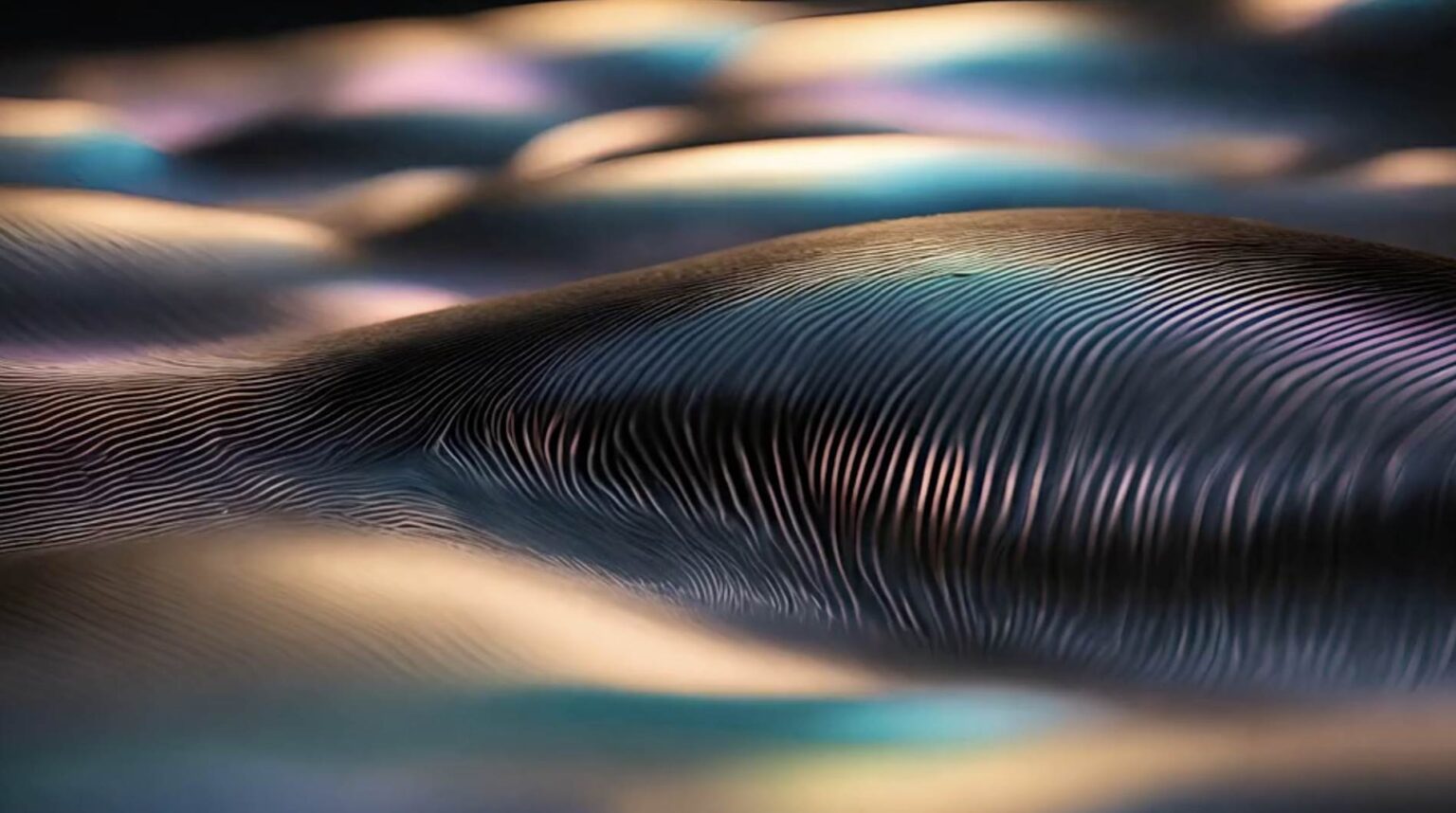Artificial Intelligence (AI) has made remarkable strides across various sectors in recent years. As we continue to explore its applications, three prominent developments have captured attention: AI’s role in creative processes, its use for community health assessment, and the importance of semantic consistency in prompts. This article delves into these fascinating areas, showcasing how AI is reshaping industries and impacting society.
.
**AI in Creative Processes: A New Dawn for Artists and Creatives**
AI is becoming an integral part of the creative landscape, providing artists, musicians, and writers with innovative tools to express their ideas. The advent of generative AI models, such as OpenAI’s DALL-E and GPT-3, has enabled creatives to produce original artwork, music compositions, and narratives with minimal input. These tools take inspiration from vast datasets and can generate unique pieces that resonate with users across the globe.
.
In an exciting development, Adobe recently launched “Adobe Firefly,” a generative AI tool specifically designed for creators. By integrating advanced AI features directly into its suite of creative apps, Adobe allows users to enhance their projects through AI-generated images, animations, and even fonts. This integration fosters a collaborative environment where human creativity and machine-driven insights coexist, unleashing new levels of innovation.
.
Moreover, AI is breaking down barriers in the creative industry. Previously, access to high-quality creative tools was limited to experts. Today, anyone, regardless of their skill level, can utilize AI technologies to create stunning visuals, engaging audio, or captivating text. Educational platforms and online courses now include modules on how to use AI to bolster creativity, indicating a significant shift in how art and expression are approached.
.
Critics, however, caution about the implications of AI in creative processes. Concerns regarding copyright infringement, originality, and the devaluation of human artistry are gaining momentum. Some argue that while AI can mimic creative styles, it lacks the emotional depth and context that typically characterize human expression. The debate continues as creators and technologists work together to establish guidelines that respect artist rights while leveraging AI’s capabilities.
.
**AI for Community Health Assessment: A Revolution in Public Health**
Another area where AI is making significant contributions is community health assessment. As healthcare providers and public health officials grapple with vast amounts of data, AI technologies are emerging as essential tools to analyze, interpret, and utilize this information effectively.
.
Recent studies have highlighted how AI can assist in identifying health trends within communities. Machine learning algorithms can analyze social media posts, electronic health records, and environmental data to detect outbreaks and health patterns. For instance, AI has been pivotal in tracking the spread of infectious diseases like COVID-19, enabling timely interventions and resource allocation.
.
One notable example is the collaboration between Stanford University and a tech company to utilize AI for predicting health outcomes in underserved communities. This project aims to analyze data regarding access to healthcare, socioeconomic status, and environmental factors to better understand the health challenges faced by these populations. The insights derived from such analyses can lead to targeted health policies and prevention strategies, ultimately improving community health.
.
Additionally, AI-driven applications are being developed to gather real-time feedback from community members regarding their health concerns and experiences. This data collection allows public health officials to obtain a more nuanced understanding of community needs and tailor interventions accordingly. By leveraging AI, health professionals can enhance their decision-making processes, creating a more responsive and effective healthcare system.
.
Nevertheless, ethical considerations surrounding AI in healthcare are paramount. Questions about data privacy and bias in AI algorithms necessitate careful oversight and regulation. As communities embrace AI for health assessments, the need for transparency and accountability in its implementation becomes increasingly important.
.
**Semantic Consistency of Prompts: Enhancing AI Interaction Quality**
A lesser-discussed yet critical aspect of AI development is the semantic consistency of prompts. As AI systems like ChatGPT and similar language models become more prevalent, ensuring that user inputs generate relevant and coherent outputs is essential. Semantic consistency directly impacts user experience, accuracy, and trust in AI-generated content.
.
Recent advancements in natural language processing (NLP) focus on refining how AI interprets and responds to prompts. Researchers are working on enhancing the models’ understanding of context, tone, and intent behind user queries. This involves developing sophisticated algorithms that can discern nuances and maintain continuity in conversations, resulting in higher-quality interactions.
.
Furthermore, the introduction of user feedback mechanisms allows users to provide insights into AI responses. This feedback can guide developers in fine-tuning algorithmic models to improve coherence and relevance. In a recent collaborative effort between multiple tech firms, AI practitioners explored techniques to standardize prompt structures while incorporating adaptive elements that cater to user-driven changes.
.
Moreover, semantic consistency extends beyond user interaction. It plays a crucial role in maintaining the integrity of information presented by AI systems. For instance, AI models need to ensure that data from one part of a conversation aligns with subsequent responses. Addressing inconsistencies can lead to misinformation, undermining the reliability of AI applications in critical sectors like education and healthcare.
.
As discussions surrounding semantic consistency gain traction, industry leaders are emphasizing the importance of clear guidelines on prompt engineering. The creation of standardized frameworks may help both developers and end-users navigate the complexities of AI interaction, fostering a more intuitive and satisfying user experience.
.
**Conclusion: The Future of AI is Multifaceted and Collaborative**
As AI technology continues to evolve, its implications on creative processes, community health assessment, and interaction quality will undoubtedly shape the future landscape. While AI has demonstrated incredible potential in augmenting human capabilities, the challenges associated with its ethical use, semantic consistency, and original artistry must be addressed to harness its full potential responsibly.
.
The discourse surrounding AI is becoming increasingly collaborative—as technologists, creatives, healthcare professionals, and the general public engage in shaping the future of AI, the possibilities remain vast. Continuous learning, adaptation, and an emphasis on ethical frameworks will be essential as we navigate the influx of AI in our lives and work.
.
As developments in AI unfold, staying informed and actively participating in the ongoing discussions will help society understand, embrace, and mitigate the risks and rewards that AI brings to our world.
.
**Sources:**
1. OpenAI, “DALL-E 2: Generating Images from Text.”
2. Adobe, “Introducing Adobe Firefly: Generative AI for Creatives.”
3. Stanford University, “Using AI to Improve Health in Underserved Populations.”
4. MIT Technology Review, “The Ethics of AI in Healthcare.”
5. The Verge, “Semantic Consistency in AI-Powered Conversations.”
6. Nature, “Advancements in Natural Language Processing and User Interaction.”

























